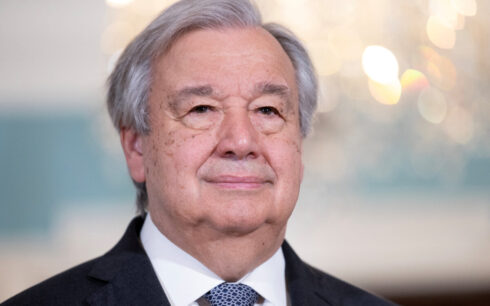BAKU, Azerbaijan — A Russian surface-to-air missile was responsible for the crash of an Azerbaijan Airlines plane in Aktau, Kazakhstan, on Wednesday, Euronews reported on Thursday, quoting Azerbaijani government sources.
The missile, reportedly fired during drone activity over Grozny in Russia’s Chechnya region, exploded near Flight 8432 mid-flight, sending shrapnel into the passenger cabin and injuring crew and passengers, the sources said.
The aircraft’s pilots sought permission for an emergency landing at Russian airports but were allegedly denied, according to Azerbaijani officials. Instead, the plane was directed to fly over the Caspian Sea to Aktau. GPS navigation systems on the aircraft were reportedly jammed during the flight, further complicating the emergency situation.
The missile was fired from a Pantsir-S air defense system, according to Azerbaijani news outlet AnewZ, which cited government sources. At the time of the incident, Russian forces were attempting to intercept Ukrainian drones over Chechnya, Russian sources said.
Khamzat Kadyrov, head of the Chechen Republic’s Security Council, confirmed a drone attack on Grozny on Wednesday morning, although he reported no casualties or damage in the area.
If confirmed, this would mark the second time in a decade that Russian forces have been implicated in the downing of a civilian aircraft. The crash recalls the 2014 downing of Malaysia Airlines Flight MH17 over Ukraine, which killed 298 people and was attributed to a Russian missile.
Wednesday’s incident also draws parallels with a 2018 emergency involving an Air Astana flight over Portugal. In that case, the plane’s hydraulic systems failed, but it managed to land safely with the assistance of the Portuguese Air Force.
Authorities are expected to conduct a thorough investigation into the circumstances surrounding the crash, including the missile launch, the refusal of Russian airports to permit an emergency landing, and the instruction for the damaged plane to cross the Caspian Sea.
The crash raises serious questions about aviation safety in conflict zones and the risks posed to civilian aircraft amid escalating military activity.





